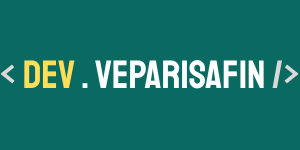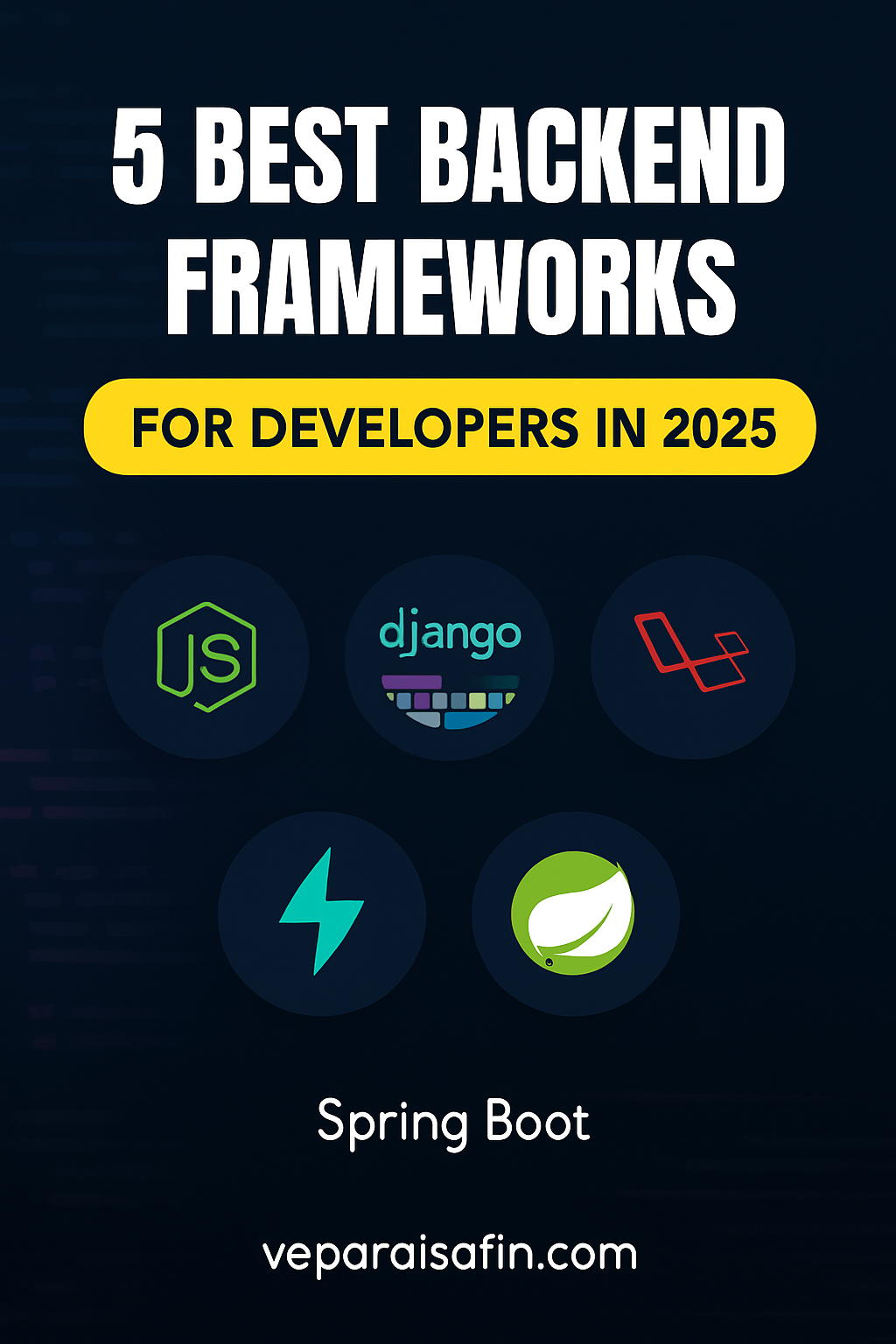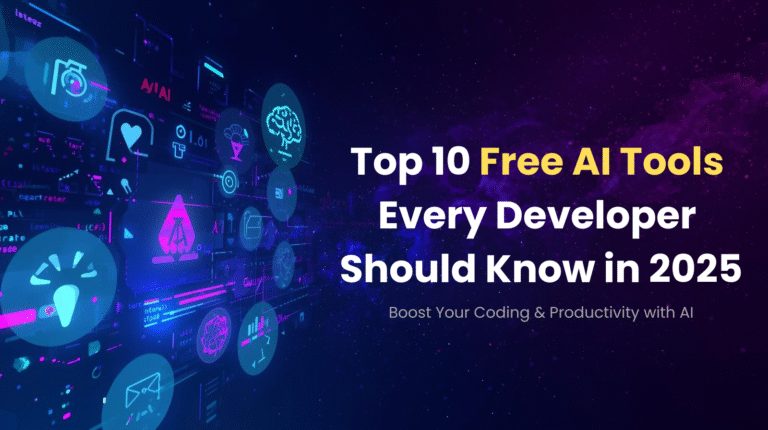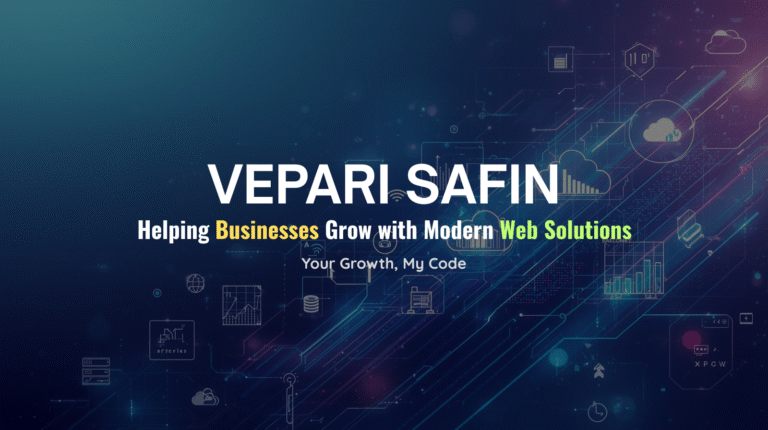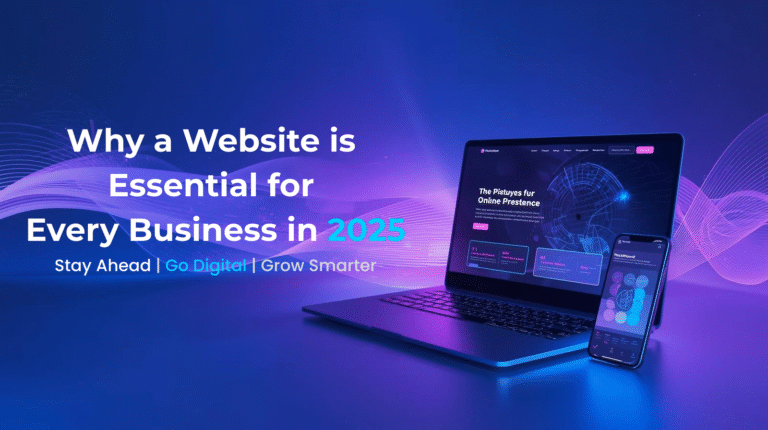Are you a web developer looking to level up your backend development skills in 2025? With technology evolving rapidly, choosing the right backend framework is essential for building scalable, secure, and high-performance applications. In this article, we’ll explore the top 5 backend frameworks that stand out in 2025, based on popularity, performance, community support, and ease of use.
1. Node.js (with Express.js)
Why choose Node.js?
Node.js continues to dominate backend development due to its asynchronous, event-driven nature. Moreover, it allows developers to use JavaScript on both frontend and backend, making it a favorite for full stack development.
Key Features:
- Fast performance with V8 engine
- Large npm ecosystem
- Ideal for real-time apps (e.g., chat, streaming)
- Express.js enhances routing and middleware support
Best For: Real-time applications, REST APIs, single-page applications (SPAs).
2. Django (Python)
Why choose Django?
Django follows the “batteries-included” philosophy, providing everything you need for backend development. It is secure by default and highly scalable.
Key Features:
- ORM for easy database access
- Built-in admin panel
- Strong security features
- Scalable and maintainable
Best For: Data-driven applications, finance apps, admin dashboards.
3. Laravel (PHP)
Why choose Laravel?
Laravel is known for its elegant syntax and developer-friendly tools. It offers powerful features out of the box, including authentication, caching, and routing.
Key Features:
- Blade templating engine
- Built-in authentication and authorization
- Artisan CLI for automation
- Strong MVC support
Best For: Rapid development, enterprise web applications, CMS platforms.
4. FastAPI (Python)
Why choose FastAPI?
FastAPI has rapidly grown in popularity due to its speed and intuitive syntax. It supports asynchronous programming and is built on Python type hints for fast development and validation.
Key Features:
- Asynchronous support with async/await
- Auto-generated interactive API docs
- Based on standard Python type hints
- High performance (comparable to Node.js and Go)
Best For: High-performance APIs, machine learning apps, microservices.
5. Spring Boot (Java)
Why choose Spring Boot?
Spring Boot simplifies enterprise-level Java development. It offers embedded servers, microservices support, and a huge ecosystem.
Key Features:
- Microservice architecture ready
- Robust dependency injection
- Embedded Tomcat server
- Easy testing and deployment
Best For: Enterprise applications, large-scale systems, microservices.
Conclusion
Choosing the right backend framework can significantly impact your project’s performance, scalability, and maintainability. Whether you’re building a real-time chat app or a large enterprise platform, one of these frameworks will likely fit your needs in 2025.
Stay ahead in your developer journey by learning and experimenting with these top backend frameworks.
About the Author
Vepari Safin is a full stack web developer and founder of veparisafin.com, passionate about building modern digital experiences. Follow him on social media @devveparisafin for more tips, tutorials, and insights.
